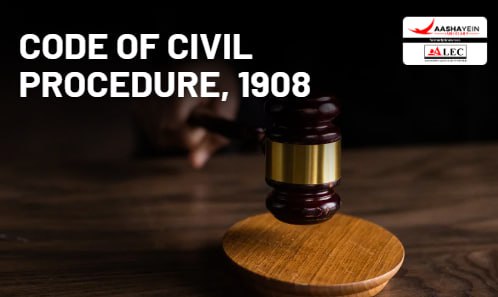Introduction
The term “caveat,” derived from Latin, means “let a person beware.” In legal terms, it refers to a formal notice filed to ensure that no action is taken without first informing the person who submitted the notice. In civil law, the rules regarding caveats are covered under Section 148A of the Civil Procedure Code 1908.
Essentials of Section 148A of Civil Procedure Code 1908
Right to Lodge a Caveat
Any person who expects or knows of an application being filed in a court case, whether already filed or about to be, can lodge a caveat. This gives them the right to be heard before the court takes any decision on that application.
Notice to Applicant
After filing the caveat, the caveator (person filing the caveat) must inform the applicant (the one who has filed or is expected to file the application) by sending a notice via registered post with an acknowledgment.
Court’s Duty to Inform Caveator
If an application is filed after a caveat is lodged, the court is responsible for notifying the caveator about the application.
Applicant’s Obligation
Once the caveat is served, the applicant must promptly provide the caveator with a copy of the application and any supporting documents. The expenses for this are borne by the caveator.
Validity of the Caveat
A caveat remains valid for 90 days from the date it is filed unless the related application is submitted to the court within that period.
You can also read the latest judgment by visiting [Latest Judgment].
For more information, visit [Aashayein Enquiry Section]
Object
The underlying object of a caveat is twofold:
- To safeguard the interest of a person against an order that may be passed on an application filed by a party in a suit or proceeding instituted or about to be instituted.
- It seeks to avoid multiplicity of proceedings. In the absence of such a provision, the person who is not a party to such an application and is adversely affected by the order has to take appropriate legal proceedings to get rid of such order.
The Law Commission, therefore, recommended the insertion of such a provision in the Code of Civil Procedure 1908 also. Accordingly, section 148 A has been inserted by the Amendment Act of 1976.
Form of caveat:
Caveat is lodged in the form of a petition.
Time limit
Caveat will remain in force for 90 days from the date of its filing. After 90 days fresh caveat petition can be filed.
Judicial cases
The word 'caveat' is not defined in the code of civil procedure, 1908, however, in the case titled Nirmal Chand vs Girindra Narayan, air 1978 Calcutta 492, the Hon'ble High Court defined the word 'caveat' as under;
- The term “caveat” is very common in testamentary proceedings.
- A caveat is a caution or warning giving notice to the court not to take any action or grant any relief to the applicant without notice being given to the party lodging the caveat.
- It is a precautionary measure taken against the grant of probate or letters of administration, as the case may be, by the person lodging the caveat.

